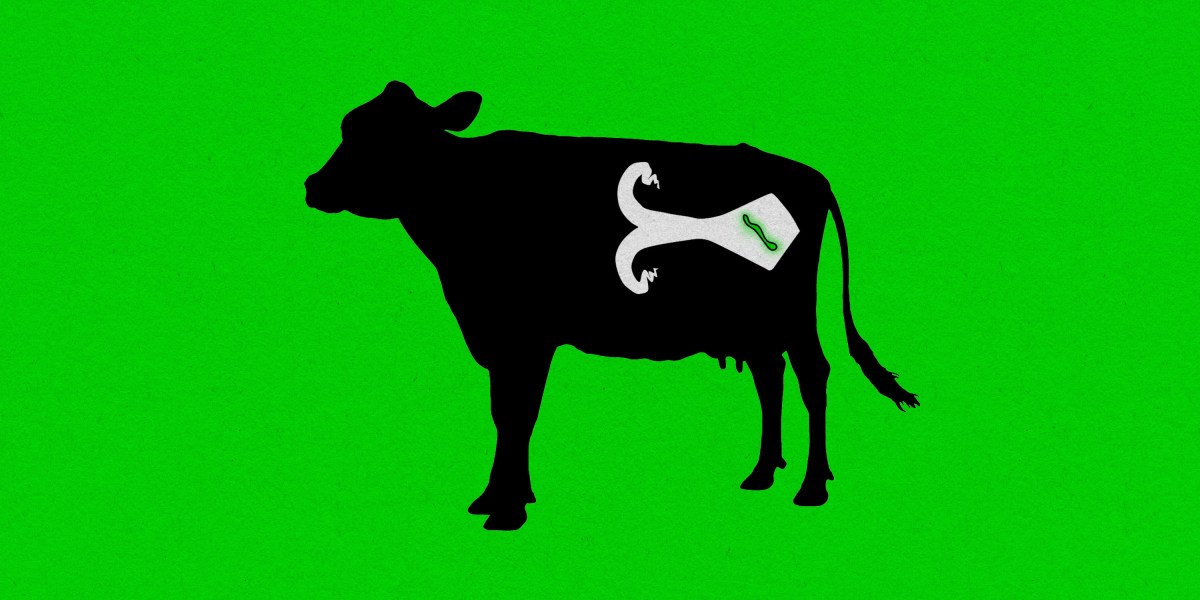Using semen from elite bulls, many beef and dairy cattle undergo artificial insemination. There are more than a million in vitro fertilization (IVF) attempts a year, half of which take place in North America.
There are many obstacles to this field in cattle reproduction, but the technology is already available.
Recently, students collaborating in the laboratory of reproductive biologist Zongliang Jiang in Florida collected a damaged specimen from cow #307. The contents of the uterus were removed into a bucket and the student responsible realized: "it's something, but it's hard to tell" what.
That day, the students transported what appeared to be intact embryonic structures in a Petri dish. These structures, which resemble worms or the skin of small snakes, were actually two-week-old bovine embryos.
The idea is to try to create a large animal from stem cells alone - no eggs, no sperm, no conception.
Although outwardly normal, these embryos reveal a significant internal disorder on microscopic examination after chemical staining.
The embryonic disc and placental cells are present, but they are poorly organized, which makes Jiang hesitant to label them as embryos due to uncertainties about their health.
"Cattle are more difficult," says Jiang. "But we have all the technology. I wouldn't call them embryos yet, because we can't tell if they're healthy or not," he says. "The strains are there, but they're disorganized," he explains, quoted by MIT Technology Review.

Blastoids as a substitute for cloning
Jiang's lab is also pioneering the use of blastoids, which are produced by placing stem cells in narrow tubes where they try to rapidly form embryonic structures.
This method could potentially scale up to produce hundreds of thousands of blastoids, positioning it as a simpler alternative to traditional cloning techniques, which require eggs and specialized technicians.
"We can generate hundreds of thousands of blastoids. So it's an industrial process," he says. "It's very simple," says the biologist.
Despite their immense potential, blastoids are still not a functional substitute for cloning - they have abnormal genetic expressions that lead to their failure. Their appearance is often distorted, lacking the precision and clarity expected of successful embryonic development.
"The embryos look blurry, as if someone had sculpted them with oatmeal or plasticine. It's not the beautiful thing you're expecting. The finer details are missing," says Cody Kime, R&D director at Trans Ova Genetics in Sioux Center, Iowa, who confesses that he received a lot of criticism when he started cloning thousands of pigs and hundreds of prize-winning cattle.
"They said 'oh, this won't work' and that this is high risk and low efficiency," he recalls: "But for me, this would change the whole breeding program."





